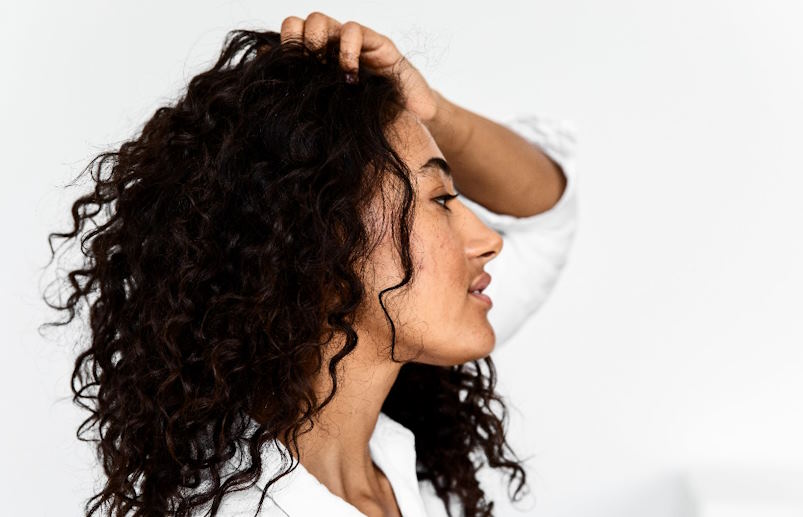As the mercury rises and humidity levels soar, the battle against frizz becomes an all-too-familiar struggle for many of us. Unruly hair, frayed ends, and lackluster locks seem to be the unwelcome hallmarks of humid weather. But fear not, for we bring you the ultimate guide to taming the frizz and mastering your hair care routine in even the most muggy conditions. We’ll explore the do’s and don’ts of cleansing and conditioning for humidity control, reveal the secret weapons in combating frizz, and help you steer clear of common pitfalls that could be sabotaging your hair’s health. Say goodbye to those frizz-induced bad hair days and embrace the beauty of your tresses as we embark on a journey to conquer humid weather hair woes together. Get ready to unlock the secrets to frizz-free, fabulous hair that stands up to any humidity challenge!
Understanding Humidity and its Effects on Hair
Why Some Hair Types Are More Prone to Frizz in Humid Weather
Not all hair types are created equal when it comes to humidity resistance. People with naturally curly or wavy hair tend to be more susceptible to frizz due to the shape of their hair strands. The twists and turns in curly hair make it easier for moisture to penetrate and disrupt the hair’s natural pattern, causing frizz. On the other hand, individuals with straight hair might also experience frizz, albeit to a lesser extent, as their hair is more resistant to moisture absorption. Nevertheless, regardless of hair type, humidity can affect everyone’s hair to some degree.

Hair Care Routine for Humid Weather
Cleansing Tips for Humid Conditions – Shampooing Frequency and Products
In humid weather, finding the right balance between keeping your hair clean and preventing it from drying out can be challenging. It’s essential to choose a shampoo that is specifically formulated for your hair type and designed to combat frizz and moisture imbalance. For most people, shampooing every other day or even every two to three days can help maintain natural oils and prevent excessive dryness. However, those with oily scalps may need to shampoo more frequently. When washing your hair, focus on massaging the scalp to cleanse the roots and let the shampoo run through the lengths to avoid stripping the ends of essential moisture.
Choosing the Right Conditioner for Added Moisture Retention
Conditioning is a crucial step in any hair care routine, especially in humid weather. Opt for a lightweight, hydrating conditioner that won’t weigh down your hair. Apply the conditioner from mid-length to the ends, where the hair is usually drier and more prone to frizz. Leave it on for a few minutes before rinsing thoroughly. For an added moisture boost, consider using a deep conditioning treatment once a week. Deep conditioners can penetrate the hair shaft, repairing and nourishing it from within, leaving you with smoother, more manageable locks.

Common Mistakes to Avoid in Humid Weather Hair Care
Over-washing and Under-conditioning Hair
One of the most common mistakes people make in humid weather is over-washing their hair. While it’s tempting to cleanse your locks frequently to get rid of that sweaty feeling, excessive washing can strip your hair of its natural oils, leading to dryness and frizz. Instead, opt for a balanced shampooing frequency, as discussed in the previous section, and focus on using a hydrating conditioner to maintain moisture. Conditioning helps seal the hair cuticles, making it more resistant to humidity and reducing frizz. Additionally, consider using a leave-in conditioner for added protection, especially if you find your hair prone to excessive frizzing in humid conditions.
Using Heat Styling Tools Excessively
In humid weather, your hair is already susceptible to moisture absorption, making it more vulnerable to heat damage. Using flat irons, curling wands, and blow dryers excessively can further dehydrate your hair, leading to brittleness and frizz. Instead, embrace your natural texture and opt for heat-free styling techniques, such as air-drying or gentle braiding, to create beautiful hairstyles without subjecting your hair to unnecessary heat stress. If you must use heat styling tools, ensure to apply a heat protectant product to minimize damage and maintain hair health.

